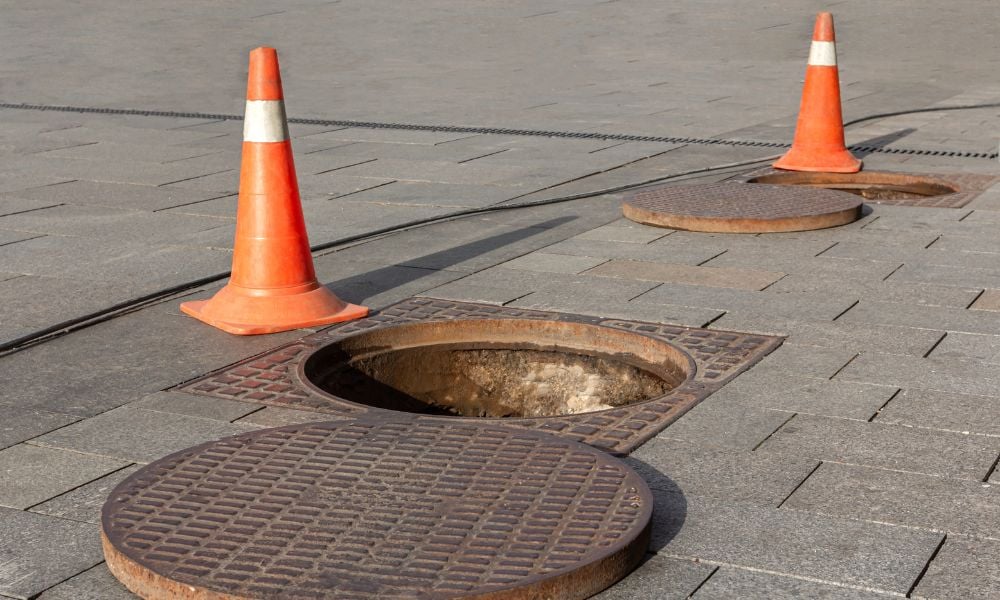Patient co-morbidities may substantiate a breach of the standard of care but complicate causation

Sponsored article
A patient’s co-morbidities are a double-edged sword in hospital fall cases, says Alexandra Roman, lawyer at Bogoroch & Associates LLP.
“A patient’s clinical context, such as a lengthy history of falls, seizure disorder, Parkinson’s Disease or other co-morbidities, may bolster the plaintiff’s position that the standard of care required comprehensive falls precautions such as individualized fall preventions rather than simple fall prevention, but, on the issue of causation, a patient’s pre-existing health history can make it difficult to ascertain how the plaintiff’s current specific impairments and limitations are caused by the injuries sustained following the fall,” says Roman.
Many of patients who suffer hospital falls have at least one, if not multiple, preexisting medical issues that make them a high risk such as age, a history of falls, or other medical conditions such as dementia or a seizure disorder. While these co-morbidities are helpful in proving there was a breach of the standard of care, when it comes to causation it gets more complex. Falls can result in a plethora of injuries, including fractures and sprains, but can also lead to immediate and delayed brain injury, such as when the patient falls, sustains a head injury, and develops a hematoma, requiring an urgent craniotomy. The same factors that made the patient more vulnerable such that they required the increased falls protection also tend to indicate that that patient may have already been compromised, so parsing out the difference in outcome is no easy task.
“The causation analysis is vigorously disputed in these cases,” says Roman. “We have the task of teasing out how the plaintiff’s current impairments and limitations are caused by the brain injury resulting from the fall rather than the plaintiff’s preexisting medical conditions. Essentially, the plaintiff has the burden of proving specifically how his or her outcome is different as a result of the fall and injury.”
The issue of causation is two-fold in these cases. Firstly, Roman has to prove, on a balance of probabilities, that had adequate fall precautions been implemented the fall would not have occurred, and secondly, has to also prove how the injuries stemming from the fall caused the plaintiff’s ongoing physical, cognitive or emotional injuries.
These cases are also interesting, she says, because in conjunction with the negligence legal analysis there’s an interplay with the Occupier’s Liability Act, since the hospital has a duty to keep patrons, including patients, reasonably safe while on its premises. When it comes to fall prevention, most hospitals have policies, procedures and guidelines that are fairly comprehensive. At some institutions, there are policies specific to certain departments within the hospital. For example, Roman has seen a fall prevention policy for the emergency room which differs from that of another department within the same hospital.
To support allegations of breaches in the standard of care, Roman says she looks at whether the defendant nurses “failed to comply with the hospital’s guidelines, policies and procedures and in these types of cases those would be in relation to fall prevention strategies.” However, it is important to remember that the nursing care, and the standards of care, are to be analyzed in the context of each patient, and his or her clinical context and medical history.
“Nursing care is context specific and addresses patients’ clinical context. While policies, guidelines and procedures play an integral role in my analysis as to whether the defendant nurses fell below the standard of care, nurses must also use their professional judgment in administering care. As such, I rely on nursing experts for guidance as to whether the defendant nurses fell below the standard of care.”
Communication between nurses is an issue that repeatedly comes up in these cases, because nursing care is provided over the course of a hospital admission and there are handovers between nurses giving rise to failures in communications and in the circulation of relevant and pertinent patient information.
Another key issue that arises in every nursing care case Roman has worked on is the role of documentation — if there’s a lack of adequate documentation, it can be “helpful proving there was a breach in the standard because there is case law that stands for the proposition that if something isn’t documented it didn’t occur.”
So when fall precaution or other specific interventions are not documented, the assumption is it didn’t happen — and “that creates significant risk for the defence.”
While creating that risk is a key part of proving the case, Roman would add that the strongest cases have clear cut causation, showing objective injuries or differences in function after a fall.










